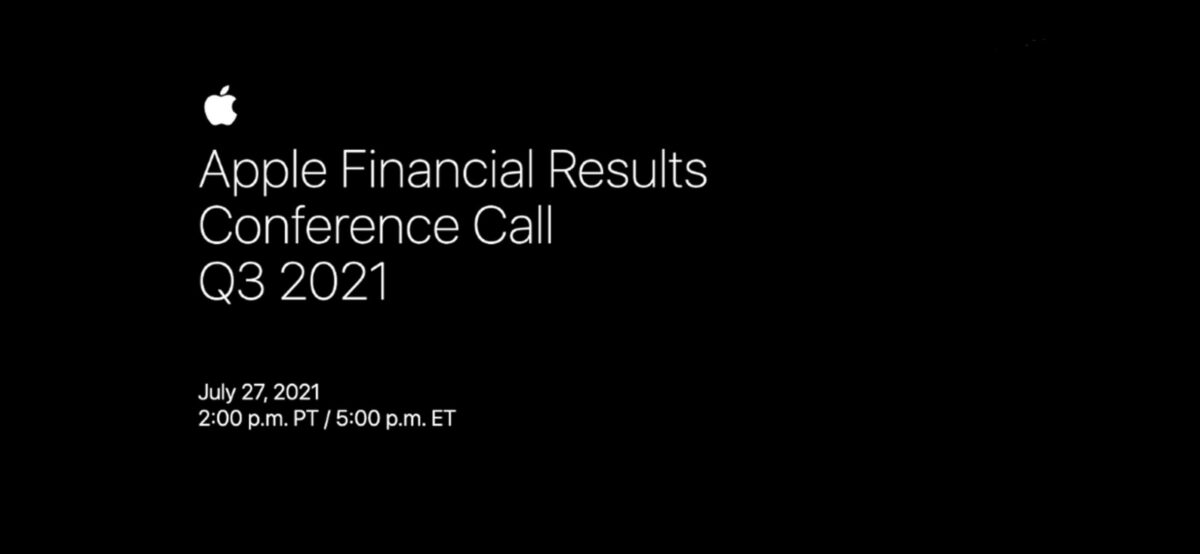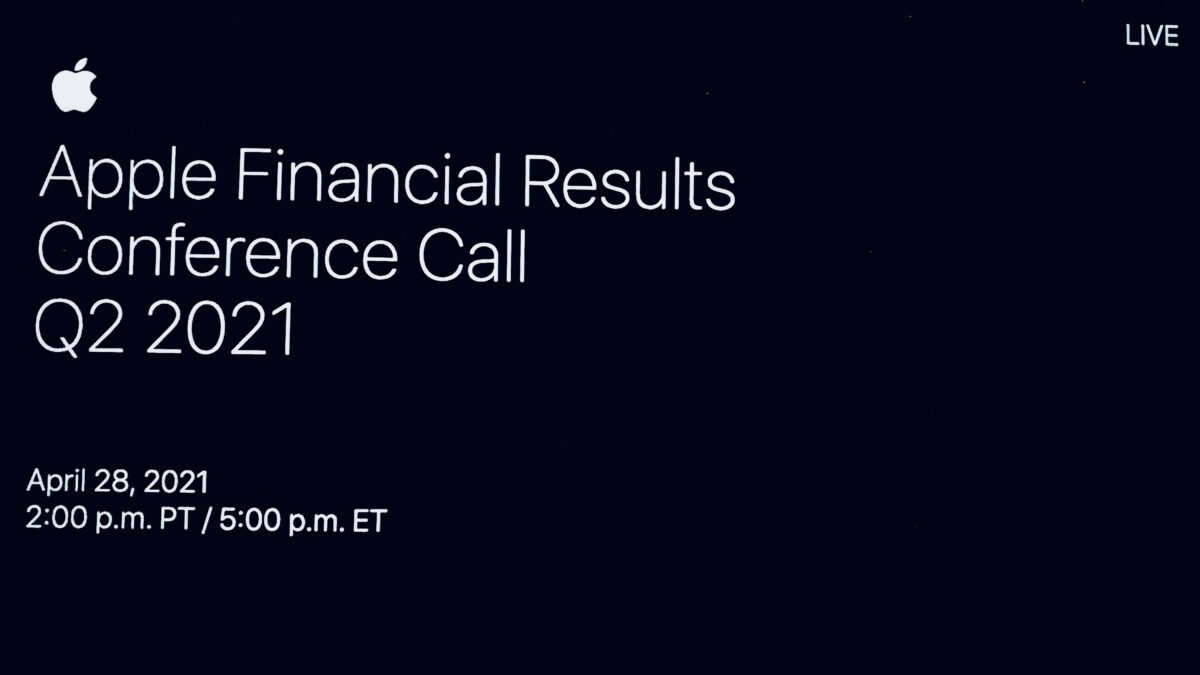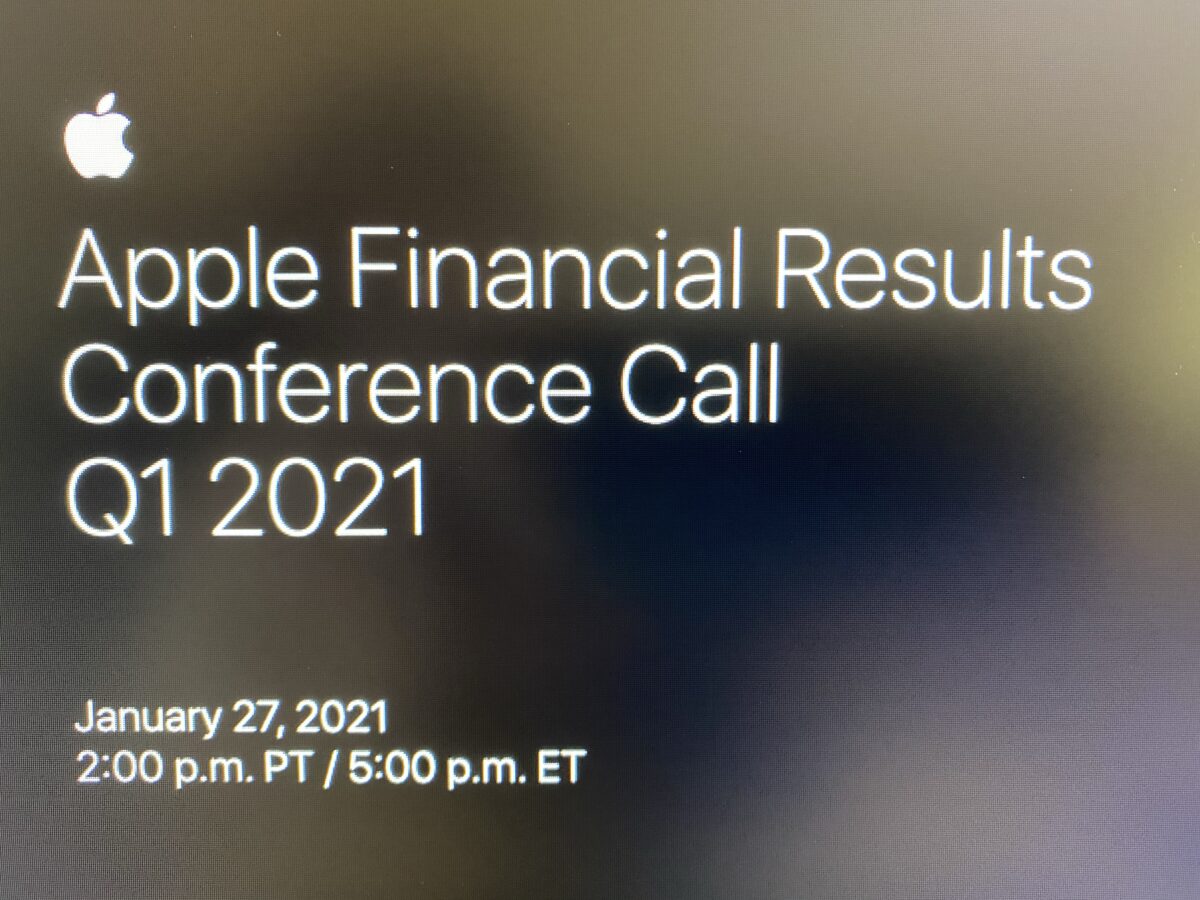On Thursday, hackers made out with a copy of one of Intel’s financial report infographics which left the company little choice but to release their earnings report early.
From the Financial Times:
Intel said it was the victim of a hacker who stole financially sensitive information from its corporate website on Thursday, prompting the company to release its earnings statement ahead of schedule.
The US computer chipmaker believed an attacker had obtained advanced details about a strong earnings report it was due to publish after the stock market closed, said George Davis, chief financial officer.
It published its formal earnings announcement upon discovering the problem, six minutes before the market closed. Intel’s shares rose more than 6 per cent on Thursday, including almost 2 per cent in the final 15 minutes of trading.
“An infographic was hacked off of our PR newsroom site,” Mr Davis said. “We put [our earnings] out as soon as we were aware.”
A copied infographic changing the course of a $232 million company — that’s something. You might be asking yourself, was the graphic in question any good? I’ll let you decide. It’s this one they use on their main results page. It’s unclear how much time passed from when it was discovered that the infographic was out there and when they posted their earnings report. Apparently, the earning report was released 12 minutes before markets closed at which time Intel was going to report anyway. When milliseconds matter it becomes very difficult to say with much certainty how much time passed after the information first became available.
From Matt Levine:
[Y]ou can only be so precise about when a piece of news becomes public. If you are a public company and you load your press release onto your website and then push a button for it to go live, and you look over at your atomic clock at the precise moment that you push the button, you will be able to record a time. A fraction of a second later, the button on your mouse or keyboard will send a signal to your computer, and then another fraction of a second later your computer will send some signals out into the world. And then those signals will, through the intermediation of further computers and wires and perhaps even human actions, arrive at various important places. Your earnings release will show up on your company’s website, and on the Bloomberg terminal, and on the Securities and Exchange Commission’s Edgar website, and on the Nasdaq website, and elsewhere, each at slightly different times due to differences in, like, the lengths of the wires and the complexity of the computer programs that transmit your release from your computer to those sites. And then there will be some teensy fraction of a second of delay as light travels three feet from those screens to the eyeballs of people looking at them, and then there will be a longer delay as those people think about what they are seeing and, maybe, decide to push some buttons of their own to buy or sell some Intel stock. Other people will have a more direct feed that bypasses screens and eyes: Some service will transmit the press release in machine-readable form directly to their algorithms, and the algorithms will scan them for numbers and perhaps compare those numbers to expectations, and make a quick decision to buy or sell Intel stock.
(via Money Stuff)



